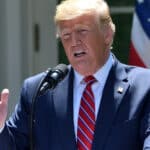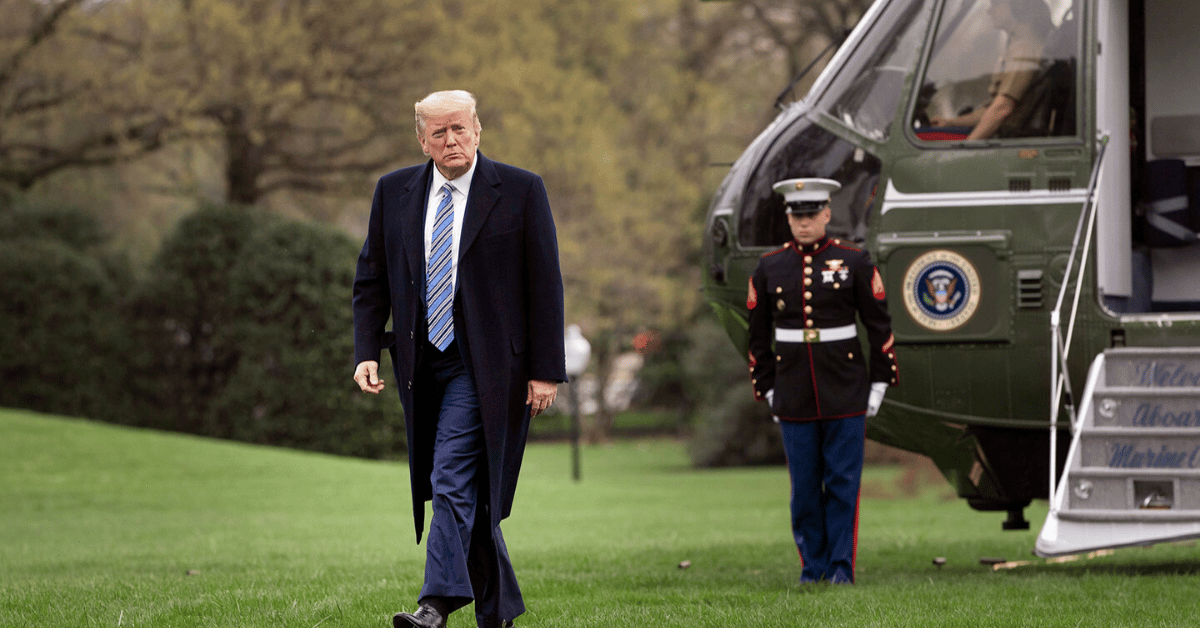
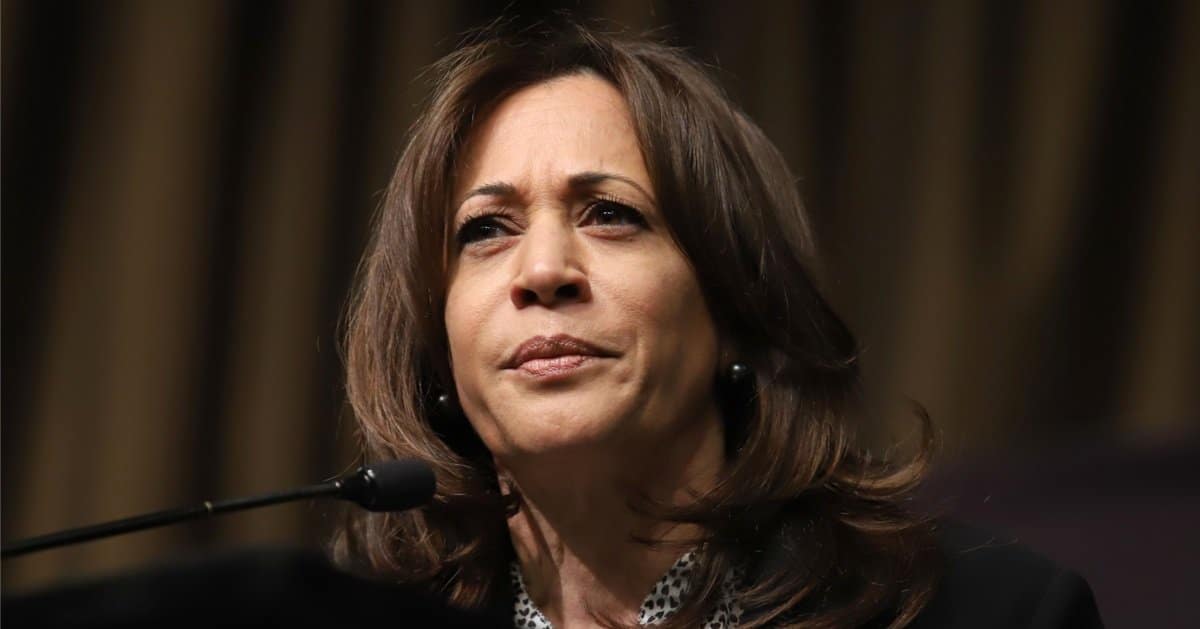
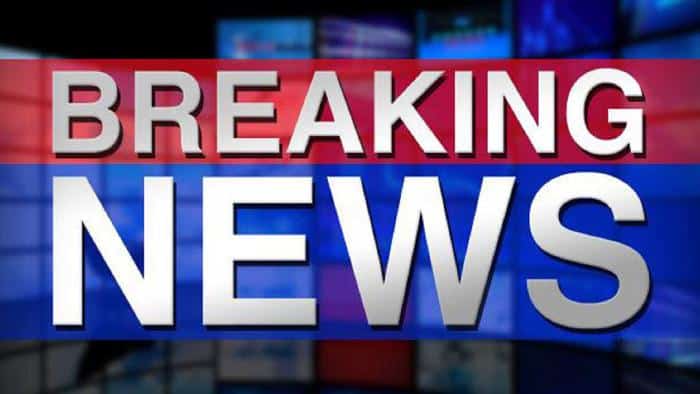
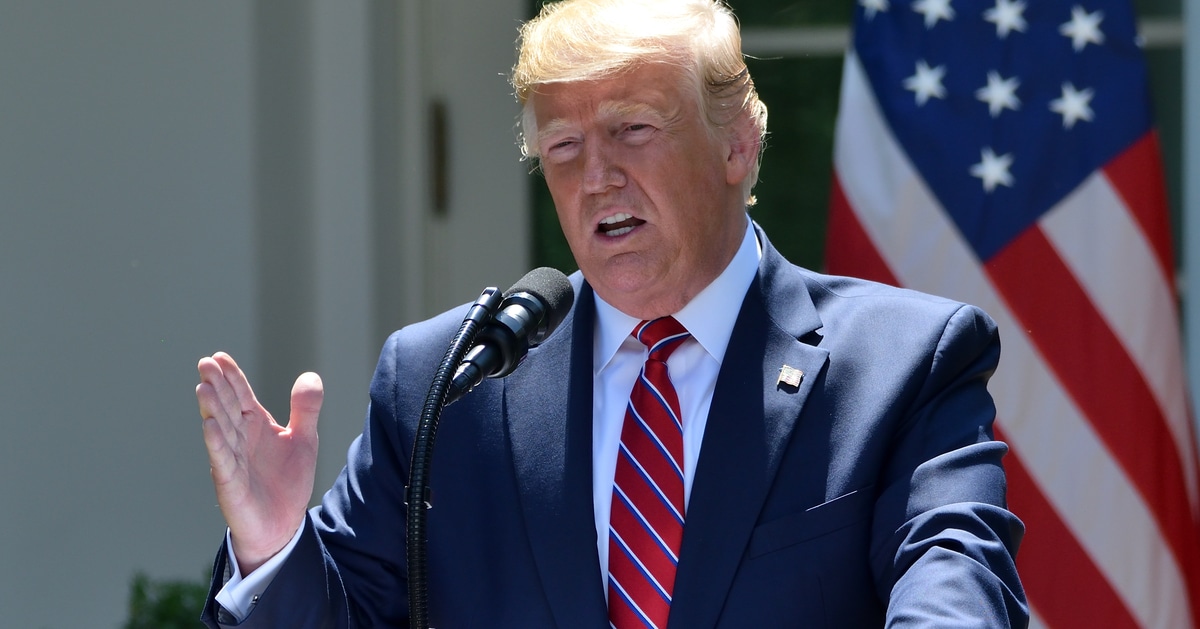

Iran’s iron fist slammed down hard after Israel’s airstrikes obliterated its nuclear ambitions. Following the June 13, 2025, attacks, the Islamic Republic unleashed a sweeping security crackdown, rounding up hundreds and executing alleged spies.
Fox News reported that Israel’s 12-day war with Iran left three major nuclear sites in rubble, prompting Tehran to tighten its grip. Authorities flooded the streets with armed units, arresting 705 people on political or security charges, per the Human Rights Activists News Agency.
The regime’s message is clear: step out of line, and you’re done. The crackdown began immediately after Israel’s June 13 airstrikes, targeting anyone suspected of disloyalty.
Fars News Agency, a mouthpiece for the regime, claimed 700 detainees were collaborating with Israel. That’s a convenient excuse for silencing critics, but it’s hard to buy when dissent is barely whispering.
Three alleged Mossad spies were executed, accused of smuggling assassination gear disguised as booze, per NBC News citing Tasnim.
The charges sound like a bad spy novel, but they’re deadly serious in Tehran. Iran Human Rights reports nine executions in 2025 for supposed Israeli espionage, with six more on death row.
Despite the regime’s heavy hand, Iranians aren’t taking to the streets. Reuters noted no significant protests, suggesting fear has outmuscled fury. The silence is deafening, but it’s not surprising when NOPO special police are patrolling every corner.
On June 24, 2025, Tehran’s Enghelab Square hosted a ceasefire celebration after the war. Crowds gathered, but armed NOPO units loomed large, ensuring the “joy” stayed scripted. This wasn’t a party—it was a propaganda stunt to mask the regime’s paranoia.
A massive banner in central Tehran on May 1, 2025, showcased slain leaders like Hamas’ Yahya Sinwar and Hezbollah’s Hassan Nasrallah. It’s a shrine to Iran’s axis of resistance, meant to rally the faithful. But glorifying dead commanders won’t rebuild those nuclear sites or quiet the discontent simmering beneath.
Saeed Ghasseminejad, a senior advisor at the Foundation for Defense of Democracies, called the regime a “paper tiger” weakened by Israel’s Operation Rising Lion. He’s half-right—Israel’s strikes exposed Iran’s vulnerabilities, but the regime’s still got enough claws to maul its own people. The executions and arrests prove it’s not going down without a fight.
Ghasseminejad also claimed the regime uses “trumped-up charges” to terrorize citizens. That’s no revelation—Tehran’s playbook has always been fear over fairness. But his optimism about public awakening feels like wishful thinking when 705 arrests barely ripple the surface.
The crackdown’s intensity suggests Tehran’s rulers are spooked, not invincible. Yet the lack of protests shows they’ve mastered the art of intimidation. Iranians might despise the regime, but they’re not ready to risk their necks—not yet.
The ceasefire celebration in Enghelab Square was less about peace and more about projecting strength. Armed police ensured no one strayed from the script, turning a public gathering into a loyalty test. It’s a grim reminder that freedom in Iran is just a mirage.
Human rights groups like IHR are sounding alarms over the executions and looming death sentences.
Six more alleged spies face the gallows, and the regime’s not slowing down. This isn’t justice—it’s a purge dressed up as patriotism.
Iran’s nuclear dreams lie in ruins, and its response is to lash out at its own people. The 700-plus arrests and nine executions in 2025 alone paint a picture of a regime desperate to look strong. But desperation isn’t strength—it’s a crack in the facade.
The banner of fallen leaders in Tehran is a bold flex, but it’s also a confession of loss. Iran’s allies are crumbling, and its nuclear program is dust. Glorifying martyrs might stir the base, but it won’t fix the regime’s crumbling legitimacy.


